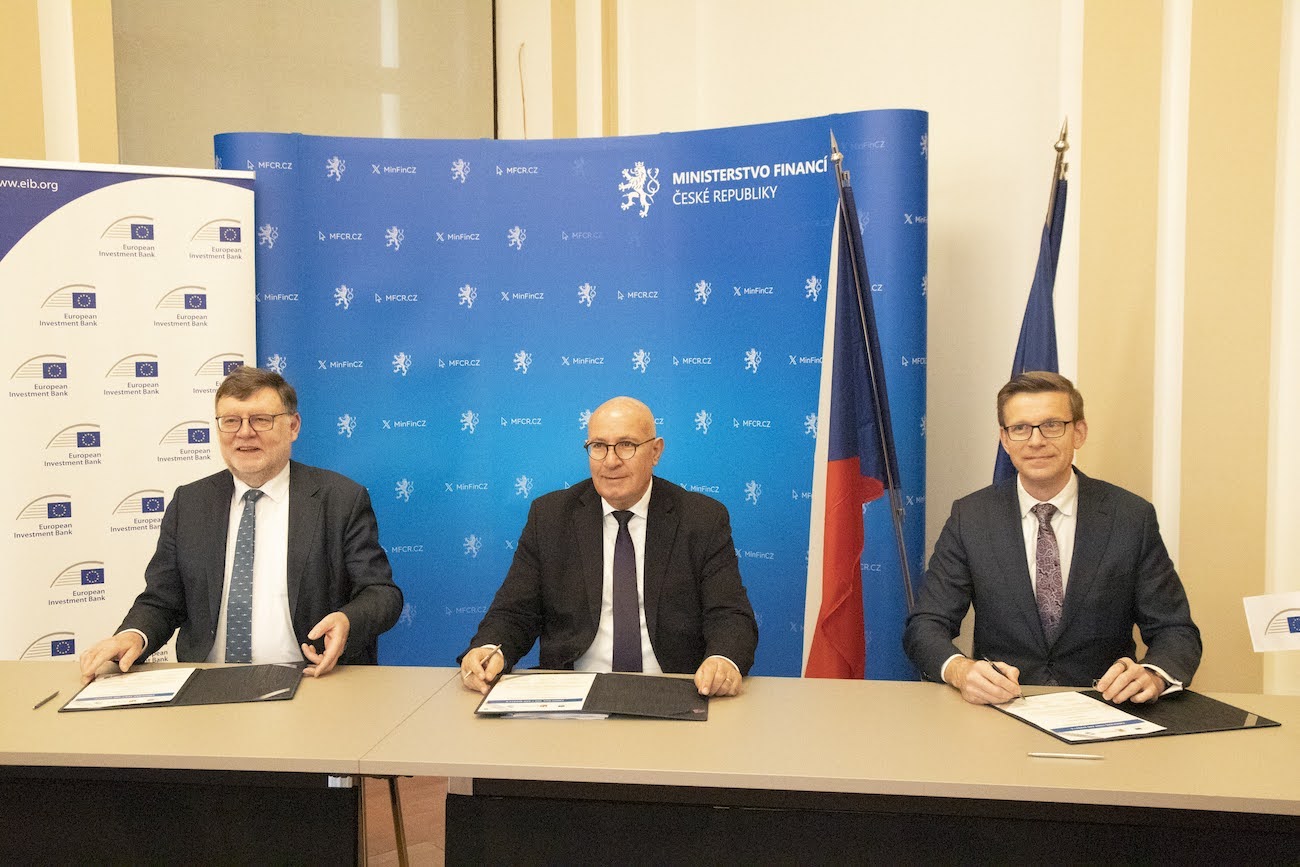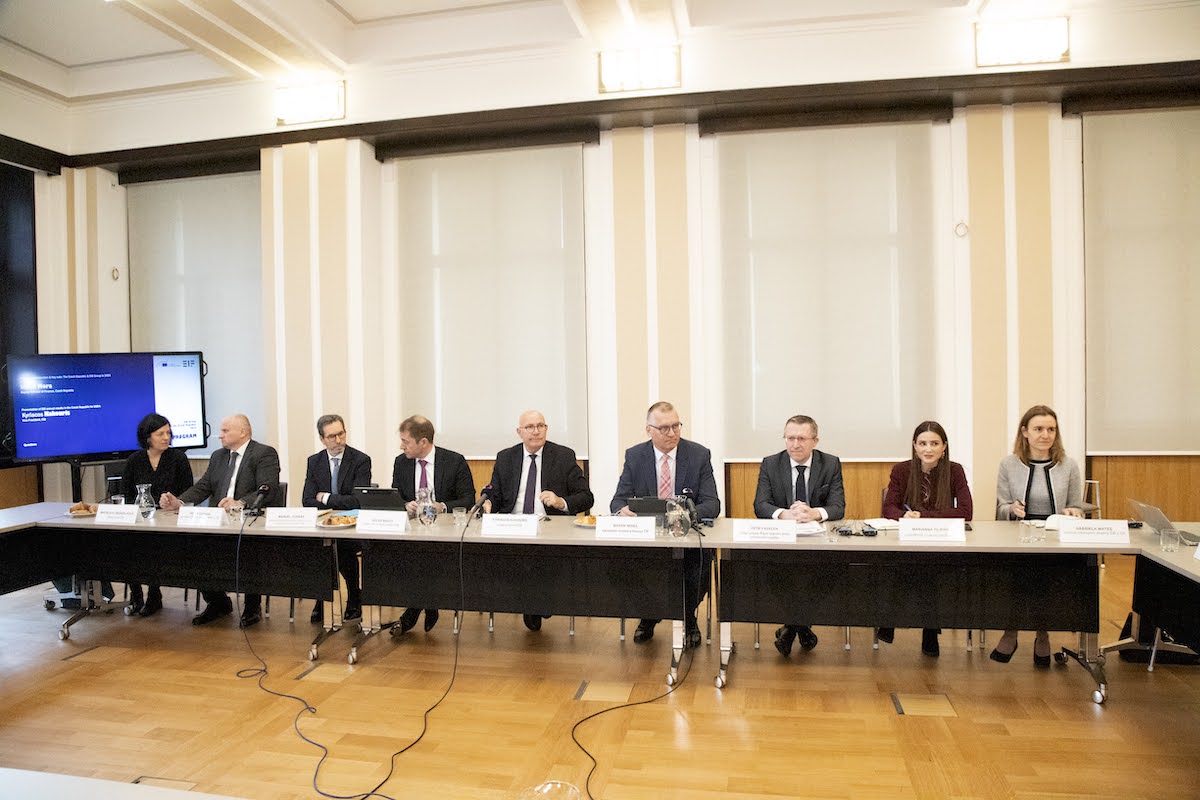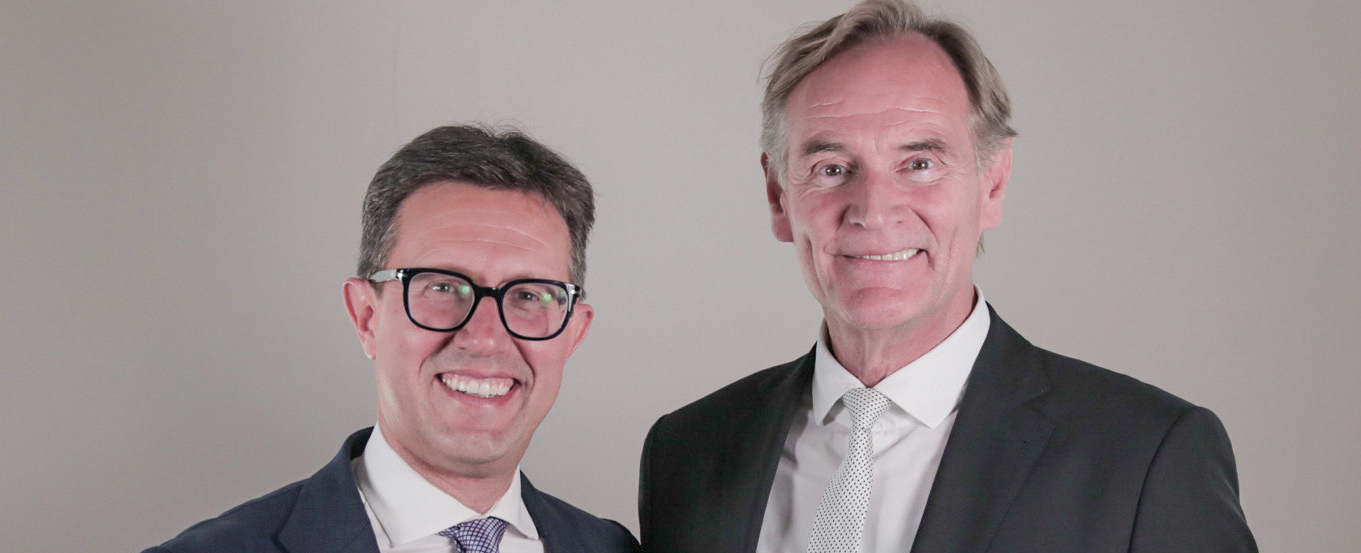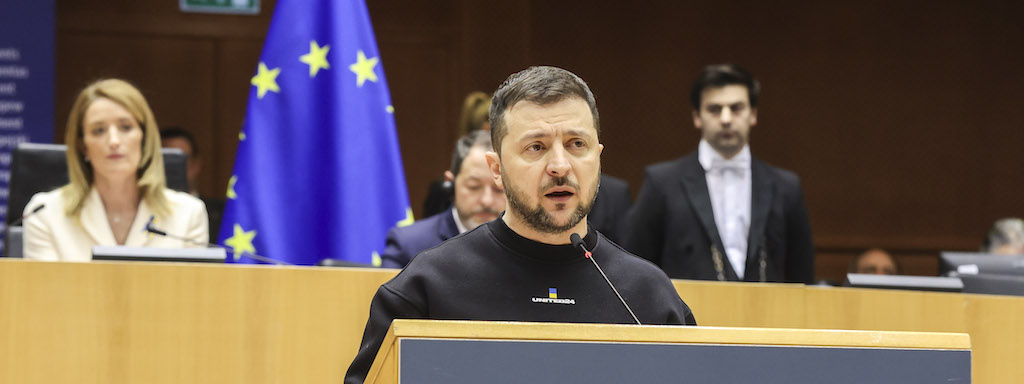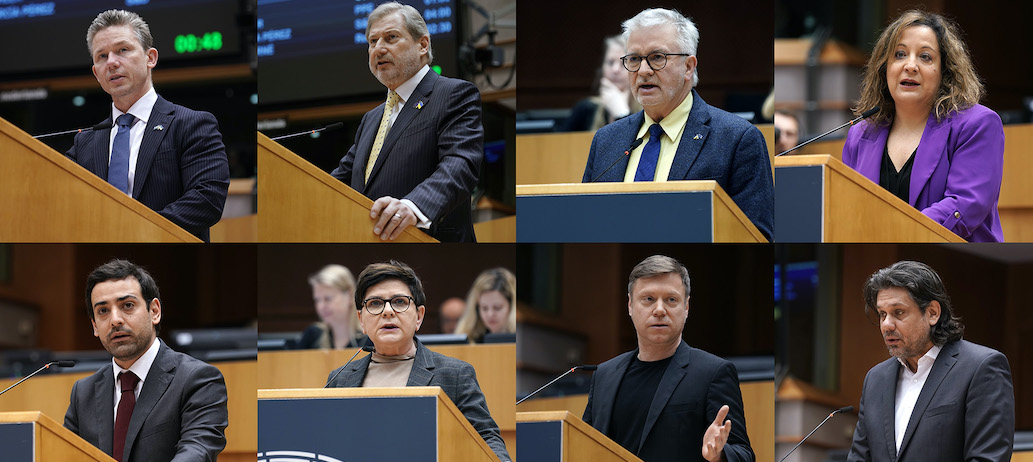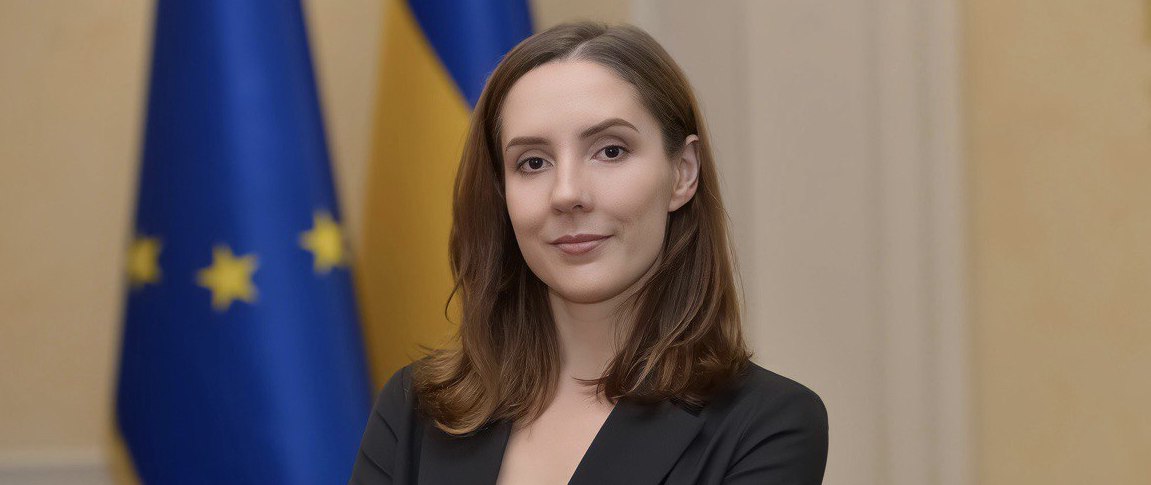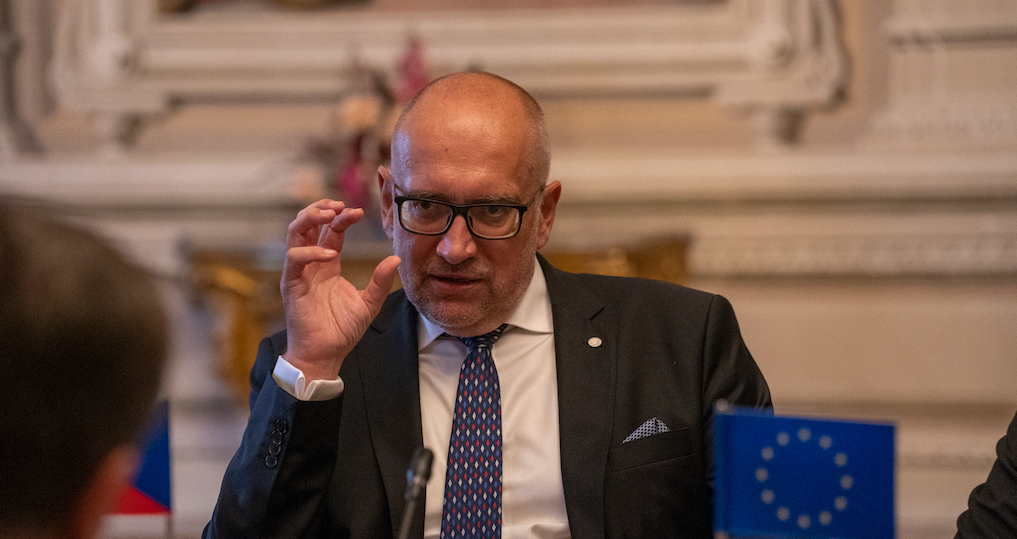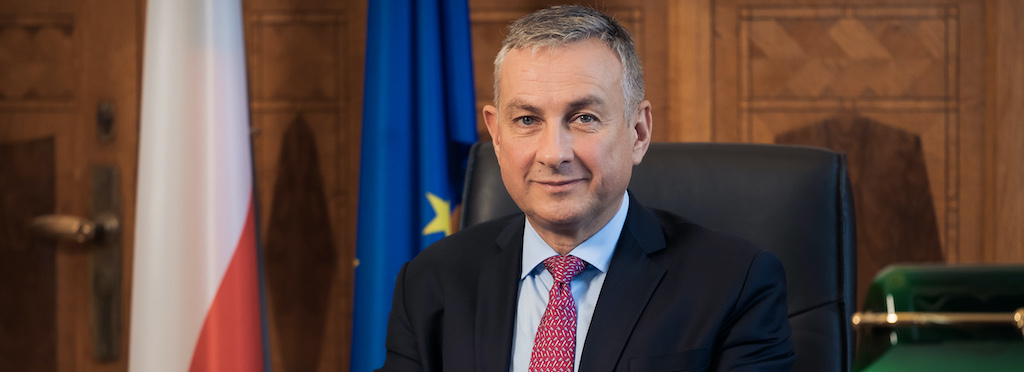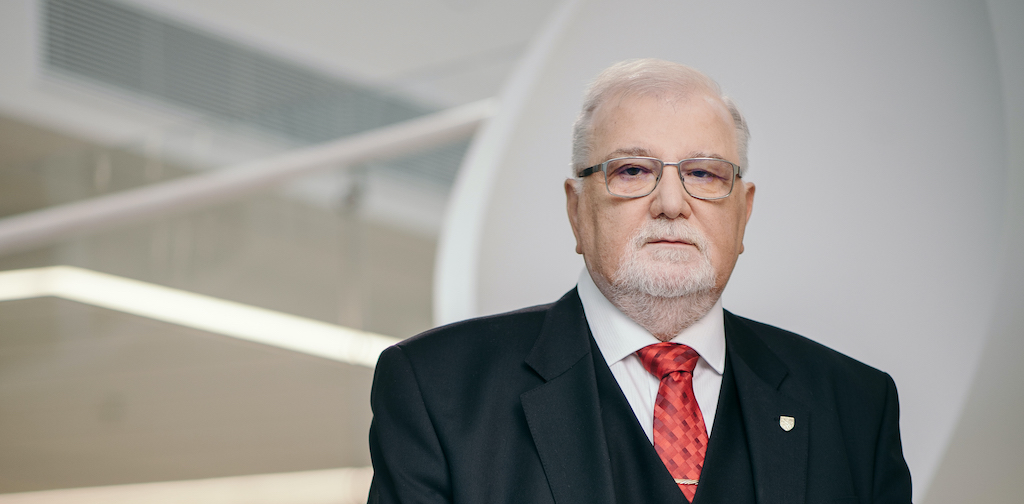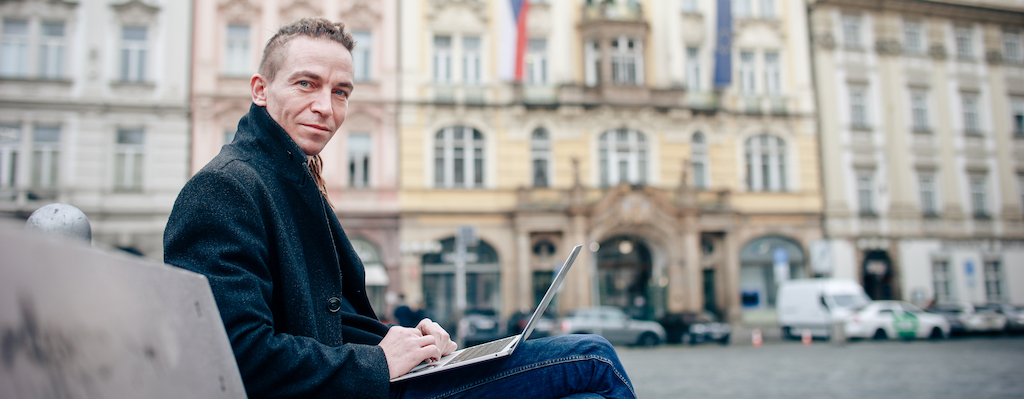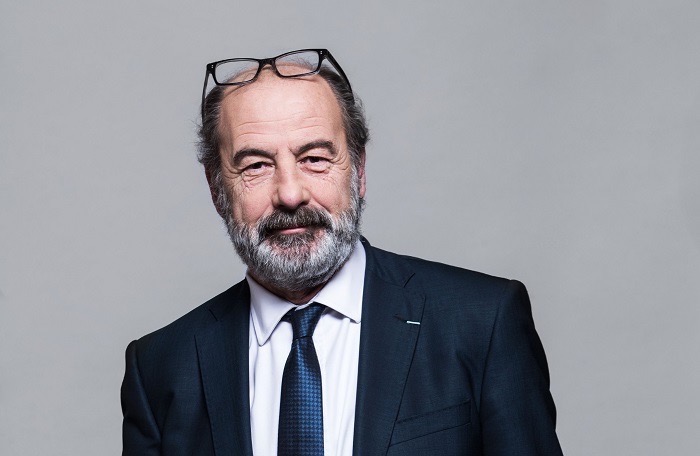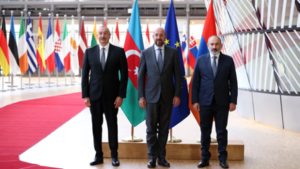
Armenians and Azerbaijanis have been trying to build peace for three years after going to war. Since the signing of the ceasefire on November 10, 2020, between Armenians and Azerbaijanis, after 44 days of war which saw Baku recover Karabakh, occupied by Armenia for 27 years, the pacification of the region and regional cooperation have become major challenges for both countries. Beyond that, the crisis mediators that are now the European Union and Russia, are trying by all means to sign a lasting peace between Baku and Yerevan. Even if Vladimir Putin dreams of succeeding, Brussels clearly has the advantage.
The rounds of negotiations between Azerbaijani President Ilham Aliyev and Armenian Prime Minister Nikol Pashinian follow each other and are not alike. There have been four since last year in the capital of the European Union under the leadership of Charles Michel, the President of the European Council. As in a game of pinball, the de facto leaders of the two countries go back and forth regularly between Brussels and Moscow to try to settle the differences which still block the signing of a final peace agreement between them. Both want to achieve this. Supported by their people, they are looking for the solution which will not only be the least restrictive for everyone but which does not risk triggering in the future the desire for revenge and revenge on both sides.
If Azerbaijan is in a position of strength, and has international law on its side, with three United Nations resolutions since 1992 in its favour, Pashinyan’s Armenia is gradually understanding, and the continuation of negotiations proves it, that Karabakh has definitely returned to the Azerbaijani fold as the UN had wished at the time of the occupation. The recent declarations of the Armenian leaders on many occasions speaking of an area of Azerbaijan equivalent to 86,600 km2, underlie the consideration of the recovered territories. The Armenian Prime Minister took big risks, by signing the tripartite agreement in 2020: he could have jumped to the elections that followed in June 2021 but he was re-elected by the people at 54%, which is the demonstration that the Armenians of the interior are fed up and want to achieve peace. And they trust Pashinyan for that. On the other hand, one can wonder about the true interests of the diaspora which continues to wave the red flag and make Azerbaijan responsible for all the misfortunes of the Armenians, in particular by continuing to convey the idea that Baku would like to put an end to the Armenians of the remaining territory that Yerevan still controls. Even wanting to eventually exterminate all Eastern Christians. Until accusing Baku of isolating the separatist enclave for months and starving a few tens of thousands of people on the spot, while thousands of trucks circulate to supply the territory. If that were the case, we would see tragic images, but nothing.
It also proves that Pashinian knows what is going on and that he considers it always more interesting to negotiate with his future former enemy than to reject any progress in the talks. In Moscow, the trilateral meeting of May 25 lasted a short time: twenty minutes. If the Kremlin had hope, it is a chance for Europe to regain control in exchanges which generally last longer in Brussels and give hope for the signing of an agreement before the end of 2023. at the heart of the European Union. There are regular exchanges around the demining of the territory, the status of the secessionist province, the final drawing of the borders and the reopening of traffic routes, starting with the restoration of the railways which unite the two countries.
The priority for Baku is the reopening of Zangezur, which would make it possible to join Azerbaijan to its cut off province of Nakhitchevan and to accelerate the major TRACECA project, supported for years by the EU, and which would boost the movement of people and above all goods between Europe and Asia. According to article 9 of the 2020 tripartite declaration, Armenia was to open a way but rejects the idea of a corridor which would imply the notion of extra-territoriality. However, the opening of the lanes to the most glass would favor the whole region, including Armenia which is economically drained. It would also benefit from the manna, in a context where Russia and Iran being under sanctions, the only possible way of circulation of goods now passes through Zangezur. We must now bounce back on this basis.
After Russian mediation to bring the fighting to a halt, and in a current context where Russia is entangled on the Ukrainian front, Brussels is playing a major card in its diplomacy here. Through Charles Michel, the President of the European Council, Europe hopes to once again become a diplomatic and mediation power. This is good for the security of the South Caucasus, but it will be good for our own security as well. Especially since the start of the war in Ukraine, Europe has had a major interest in energy terms with Azerbaijan, with which it signed a new gas partnership agreement this summer to break its dependence on Russian energy. Today, it is clearly in the interest of the two countries to move in the direction of peace: economic prosperity, pacification of relations between the two societies, regional cooperation, opening up of Armenia and global dynamism of exchanges between all neighboring countries. Yerevan has to make big concessions, but does it have a choice, after having partially ruined itself with a military occupation of nearly 30 years from which it has derived no benefit?
Sébastien Boussois
Docteur en sciences politiques, chercheur monde arabe et géopolitique, enseignant en relations internationales, collaborateur scientifique du CECID (Université Libre de Bruxelles), du CNAM Paris (Equipe Sécurité Défense) et du NORDIC CENTER FOR CONFLICT TRANSFORMATION (NCCT Stockholm)
Facebook: Sébastien Boussois
Twitter: @Sboussois
“L’art de la connaissance, c’est de savoir ce qui doit être ignoré.” Rumi




